No compensation was received for this post. I attended a press conference which facilitated the writing of this post.
Lemurs may be on the brink of extinction, but it’s not too late yet. If we all work together we can save the lemurs, and this rainforest, which is an incredible repository of the world’s biodiversity – Dr. Patricia Wright
Located off the coast of Africa in the middle of the Indian Ocean sits one of the largest islands in the world. But more impressive than its size, the Island of Madagascar’s biodiverse ecosystems house wildlife so unique that 90 percent of them cannot be found anywhere else on Earth. It is here, in Madagascar, where the story of the Lemur begins.

Island of Lemurs: Madagascar once again unites Warner Bros. Pictures and IMAX Entertainment to tell the incredible survival story of one of Earth’s most endangered species of animals. Captured with IMAX 3D cameras, the film takes audiences on a stunning, intimate venture into the remote forests and terrains of Madagascar. During a recent press conference, Morgan Freeman, Dr. Patricia C. Wright, the filmmakers, and international recording artist Hanitra Rasoanaivo sat down to discuss the inspiration for telling the story of the lemurs, the challenges of making such a film to preserve the integrity of these animals, and why the lemurs are on the brink of extinction.
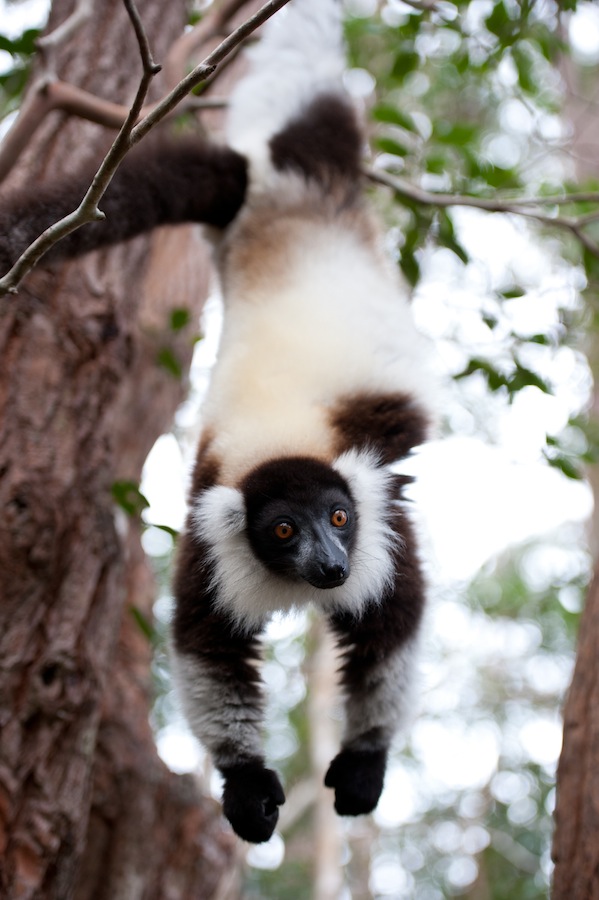
On the beauty, diversity, and fragility of the lemurs…
Madagascar’s diverse climates (tropical, temperate, and arid) make the ideal (and only) home for lemurs. Unfortunately, a combination of intrinsic and human-induced actions are threatening their existence. For both Freeman and Dr. Wright, it was their fragility as a species that compelled each of them to be involved in telling their story. According to Freeman, this was his first experience with the lemur. During a visit with a friend in the Caribbean, who is working to help rejuvenate their population, he spent some time with lemurs “up close and personal.” “They’re terrific little creatures.” For Dr. Wright, it was both their beauty and diversity, that compelled her to learn more about them. However, “the reason I stayed in Madagascar to work with them is partially because they’re so endangered.” According to Wright, there are 103 different species of lemurs and 91% of them are either threatened, endangered, or critically endangered.
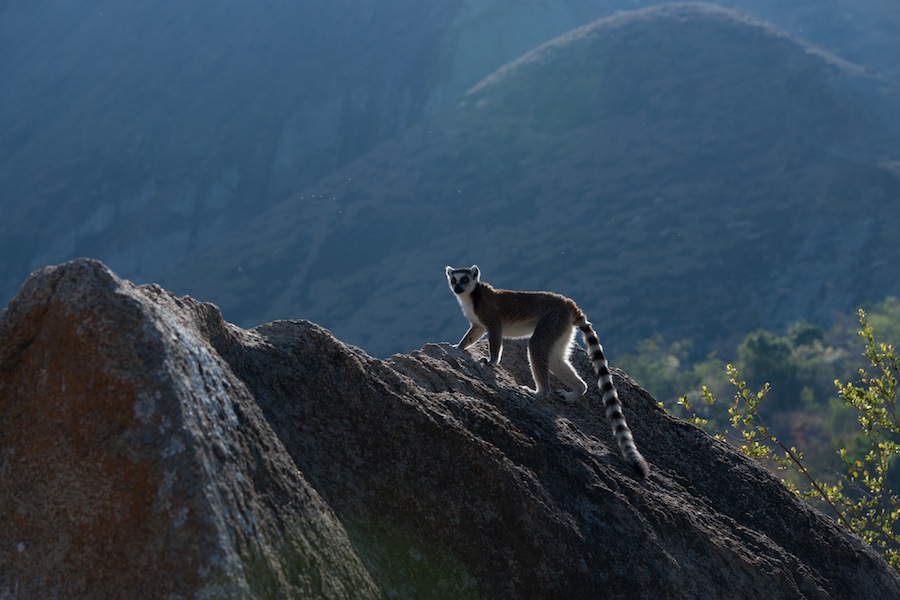
On the biggest threats to the survival of the lemurs…
According to Dr. Wright, deforestation and slash/burn fire maintenance are a major hindrance to the survival of the lemurs. And while the lemurs were once considered “special and sacred” by the village elders, 80% of the population of Madagascar live below the poverty line, and hunting these animals for food is a growing problem. Of interest, certain species, like the Indri, only give birth once every three years. The population of lemurs as a whole is diminishing, which makes it critical for scientists like Wright to study their behavior to ensure their survival.
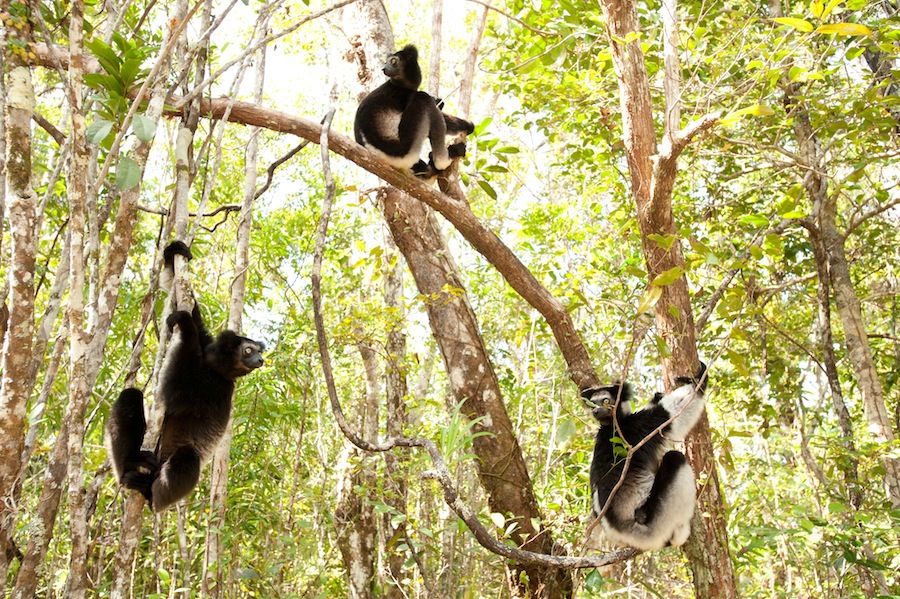
On maintaining the integrity and authenticity of the lemurs and their habitats…
As I watched the film, I was intrigued by the cinematography. One moment we were immersed in sweeping landscapes…the next observing everyday, extraordinary moments where the lemurs seemed to leap and dance and sing. This was where the technology, skill, and knowledge of these animals merged to tell a story that was both authentic and intimate without being invasive. According to writer/producer Drew Fellman, the lemur groups they worked with are accustomed to being around people as scientists have been working with them for decades. “They’re comfortable being around small groups of people and we’d just be very quiet and move slowly.” The filmmakers were sensitive to these animals and their habitats by setting up at night while they were sleeping and striving to exude a “calm, cooperative, non-threatening presence.” Dr. Wright was also incredibly resourceful in assisting the filmmakers with getting into the right positions to observe their daily habits. “They do things for logical reasons,” commented David Douglas, director and cinematographer of the film. “All we really need to do is find interesting relationships to reveal as they go about their daily business.” The goal of the team was to allow audiences a glimpse of their “spectacular beauty” in order “to understand what a complex and interesting life they have without us and how valuable that is.”
Dr. Wright was also integral in preserving the integrity of these animals. “When they first approached me and asked me to be the scientific advisor on this film, I was a little skeptical. I wanted people to really understand how beautiful they are and how their lifestyle is a lifestyle to be respected.” Ultimately, it was her collaboration with and respect for the filmmakers that ensured this story of the lemurs was told authentically.
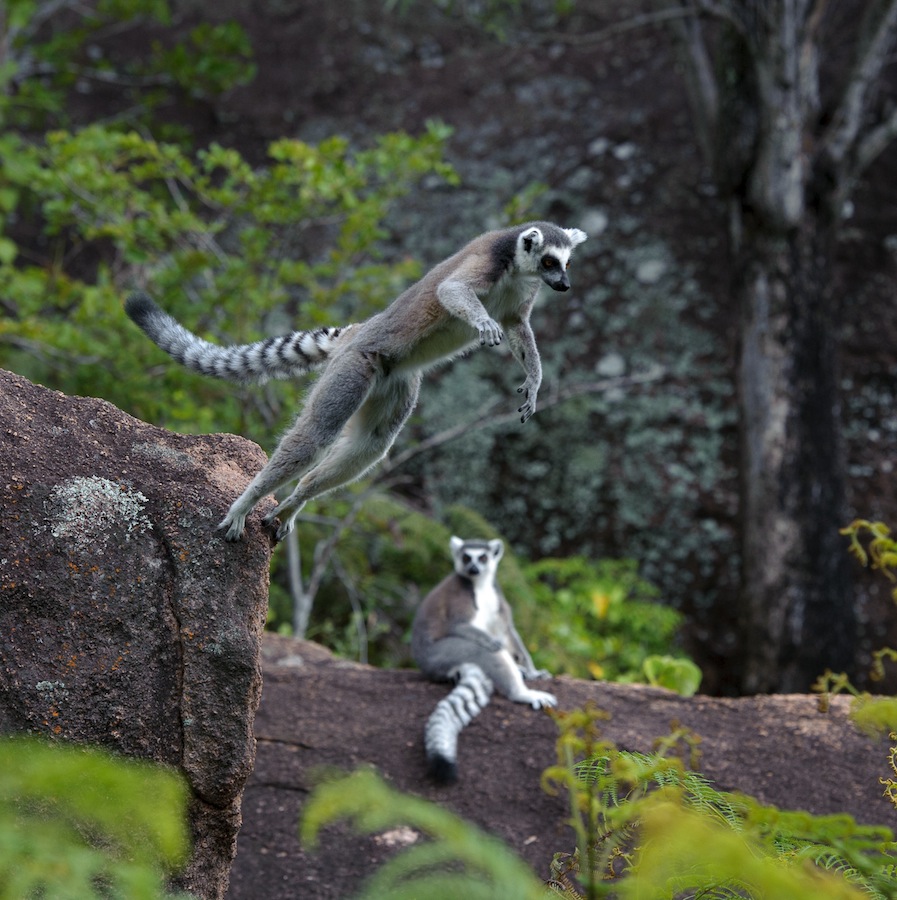
On the use of technology to create an “epic” film…
At just under 40 minutes, it might seem impossible to conceive that I could describe Island of Lemurs: Madagascar as “epic.” But once you sit down and allow the filmmakers to immerse you within the forests of Madagascar, you quickly realize just what a unique and spectacular opportunity it is to see these animals up-close…the Sifakas dancing…the Indri singing…the birth of a baby lemur. Nature, specifically animals like the lemur are “the perfect subject for 3D” and you may find yourself reaching for them as I did while I watched the film. “This is a place where [3D] brings a special dimension [yet] doesn’t call attention to itself (Douglas).” Admittedly, I felt myself longing for more…to see more of these beautiful creatures live and be in a world that feels so far-removed from my own. But maybe, just maybe Morgan Freeman was right…”The best stories about nature are those that never end.”
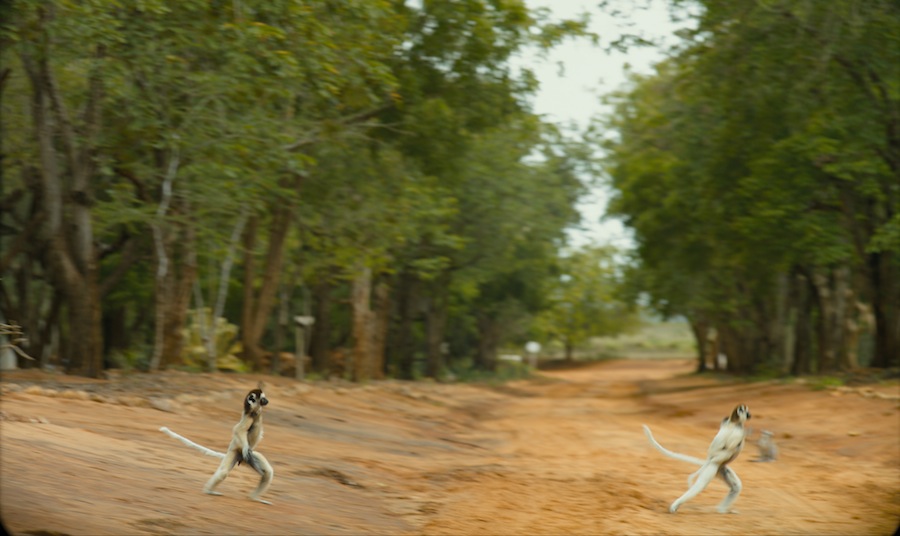
Island of Lemurs: Madagascar is now playing at select IMAX theaters nationwide. If you’re interested in learning more about lemurs, the site offers a wealth of educational tools including a free, downloadable Educator Guide.
Images: Warner Bros.
- Discover Luxury at Sonesta Irvine: Your Ideal Staycation - August 8, 2024
- CHOC Walk Returns to the Disneyland Resort – Special Events and Ways to Support - June 28, 2023
- Beastly Ball Returns to the Los Angeles Zoo - May 8, 2023
